An extended journey aboard a yacht requires meticulous planning, and ensuring long-term provisions is a critical aspect of preparation.
Expedition and explorer yachts are designed to navigate the world's most remote and challenging waters, making self-sufficiency a paramount consideration. Here's a detailed exploration of the key factors and considerations for long-term provisions onboard such vessels.
Planning
Expedition yachts are built for extended voyages, whether circumnavigating the globe or exploring remote regions. Long-term provisions necessitate careful planning, taking into account the duration of the journey, the number of crew and passengers (and each individual's dietary requirements, medical considerations, and other needs), and the potential lack of resupply opportunities. A thorough understanding of the yacht's range and fuel capacity is also essential for planning routes and estimating the time between resupply points.
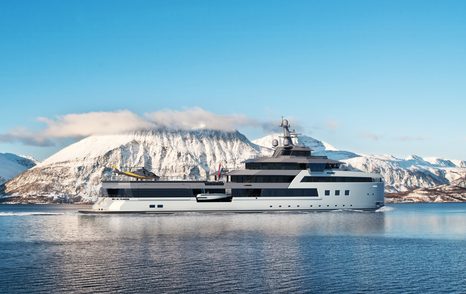

Expedition yachts often venture into areas where access to traditional supply infrastructure is limited or nonexistent. This necessitates a meticulous approach to provisioning, ensuring that the yacht carries everything required for the entire duration of the journey. From non-perishable food items to essential medical supplies, every aspect is scrutinized to minimize reliance on external sources.
Food and Water Storage
Long-term provisioning for food and water on expedition yachts is a meticulous process crucial for sustaining the crew and passengers during extended voyages. The yachts feature expansive storage areas for non-perishable items like freeze-dried meals and canned goods. Refrigeration technologies enable the preservation of some perishables, while advanced water treatment systems, including desalination units, ensure a continuous supply of potable water.



Provisioning plans consider factors like crew size, dietary preferences, and the estimated journey duration. Crew training emphasizes water conservation and emergency reserves supplement the main water source. Logistical challenges are integrated into the plan to ensure adaptability during unforeseen circumstances.
The goal is not only sustenance but also the psychological well-being of the crew. Variety in provisions, including specialty items and treats, enhances morale. Overall, the provisioning process is a blend of technological innovation, careful planning, and adaptability, creating an environment where the crew can thrive during extended expeditions.

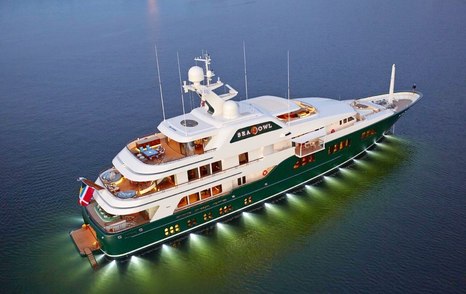
Despite it being a rarity, growing herbs and plants onboard superyachts is a practice that not only enhances the aesthetics of the vessel but also provides practical benefits such as access to fresh ingredients for culinary purposes. Sea Owl (shown above) grows its own herbs and plants onboard, meaning the chef has a fresh supply while at sea, negating the need to order any in.
Fuel and Energy Independence
Provisioning isn't just about food and water. Expedition yachts are equipped with robust fuel storage capacities, allowing them to cover vast distances without the need for frequent refueling. This self-sufficiency is crucial for exploring remote areas where fueling stations may be scarce. Additionally, these yachts often incorporate advanced energy systems, including solar panels, wind generators, and high-capacity batteries, providing alternative sources of power and reducing reliance on traditional fuel generators.
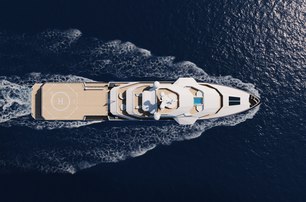
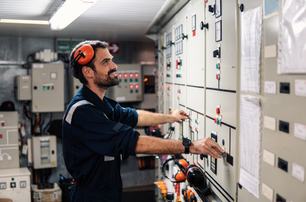
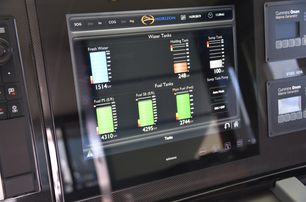
Understanding the yacht's range and fuel capacity is a fundamental aspect of the provisioning process. Expedition yachts are engineered with substantial fuel storage to cover extensive distances without the need for frequent refueling. This capability is especially vital in regions where fueling stations may be scarce. By factoring in the yacht's fuel efficiency, the planned route, and the duration of the journey, the crew can estimate the time between resupply points, strategically planning their itinerary to optimize fuel usage.
The process of estimating the time between resupply points involves a careful balance between the yacht's speed, fuel consumption, and the distance to the next available refueling station. This calculation is a dynamic aspect of the expedition planning, requiring ongoing adjustments based on real-time factors such as weather conditions, unexpected delays, and the need for detours to explore intriguing destinations along the way.
Expedition Yacht REV OCEAN:
- LOA: 194m (636ft)
- 93m3 of fridge space
- 76m3 freezer space
- 400 tons of drinking water stored onboard
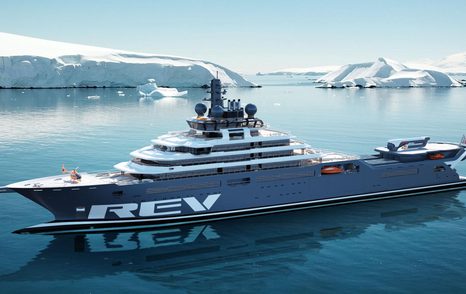
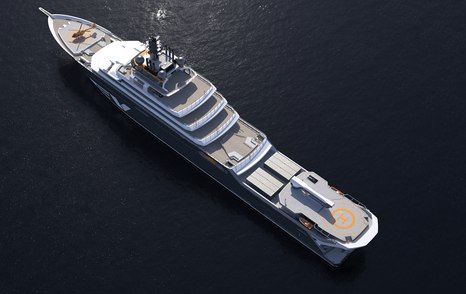
Medical Facilities and Supplies
Long-term expeditions necessitate comprehensive medical provisions and facilities. Explorer yachts typically feature well-equipped medical rooms with necessary supplies for treating a range of health issues. A qualified medical professional may also be part of the crew. The medical provisions extend beyond first aid kits to include prescription medications, emergency medical equipment, and communication systems for remote consultations with medical professionals.

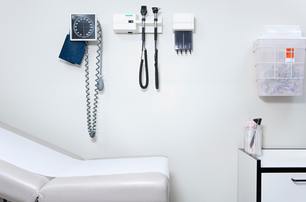

Businesses such as Medical Support Offshore provide a design consultancy service, advising on the design, specification, procurement, and operation of offshore medical facilities for superyachts. This ensures that clients (owners, passengers, and crew) have efficient access to the correct medical equipment and supplies if required.
Recreational and Maintenance Provisions
Ensuring the well-being and morale of the crew during extended voyages is essential. Recreation provisions, such as books, movies, and leisure equipment, contribute to a positive onboard atmosphere. Maintenance provisions include spare parts, tools, and equipment necessary for addressing potential mechanical issues, ensuring the yacht's seaworthiness during prolonged journeys.
Crew Rotation
Crew rotation during long yacht expeditions is a carefully planned process to ensure crew well-being and operational efficiency. The size and specialization of the crew influence the rotation strategy, employing the watch system with various schedules for continuous coverage.
Consideration of time zones is also crucial, gradually adjusting rotation plans to minimize the impact on the crew. Effective communication and coordination are vital for success, with some yachts implementing well-being programs to support crew resilience. During stops at ports of call, rotation plans may also be adjusted to allow for extended rest periods.
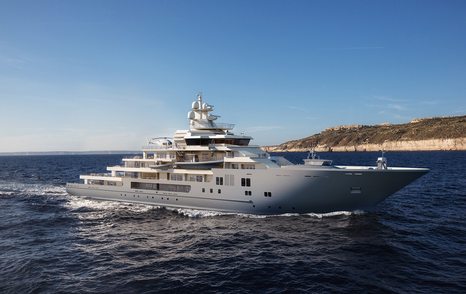
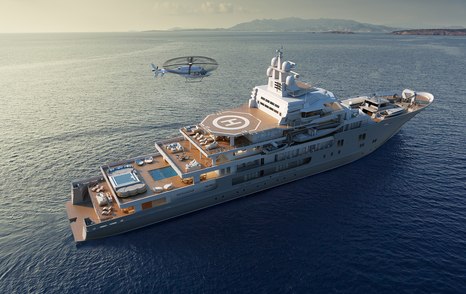
Expedition Yacht ANDROMEDA:
- LOA: 107.4m (352ft)
- Carries 470,000 liters of fuel
- Range of 8,500nm
- Stores 309,000 liters of water onboard
Summary
Long-term provisions for expedition and explorer yachts require a holistic and meticulous approach. From sustenance to safety, these vessels are equipped to operate independently in some of the world's most challenging environments. The integration of advanced technologies, comprehensive planning, and a focus on sustainability make these yachts true symbols of maritime exploration and self-sufficiency.


